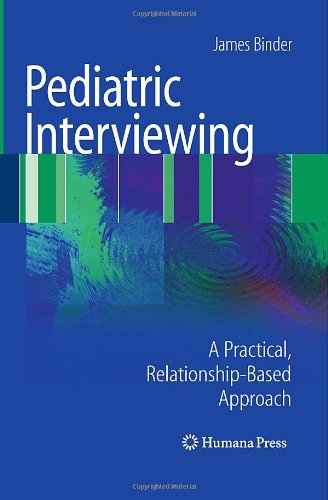

Most ebook files are in PDF format, so you can easily read them using various software such as Foxit Reader or directly on the Google Chrome browser.
Some ebook files are released by publishers in other formats such as .awz, .mobi, .epub, .fb2, etc. You may need to install specific software to read these formats on mobile/PC, such as Calibre.
Please read the tutorial at this link. https://ebooknice.com/page/post?id=faq
We offer FREE conversion to the popular formats you request; however, this may take some time. Therefore, right after payment, please email us, and we will try to provide the service as quickly as possible.
For some exceptional file formats or broken links (if any), please refrain from opening any disputes. Instead, email us first, and we will try to assist within a maximum of 6 hours.
EbookNice Team

Status:
Available4.6
25 reviewsClear and effective communication in a clinical context has enormous benefits, and especially in pediatrics, where assessing patients’ symptoms is more challenging. Clinicians who interview well gather extra data, to be sure, but also gain from a number of other positive outcomes, from happier patients to fewer law suits.
The unique perspective on pediatric interviewing offered in this book reflects the author’s breadth of training and experience, which includes being a solo pediatric practitioner for ten years and completing a residency in psychiatry and child psychiatry. Currently associate professor of pediatrics at the Marshall University School of Medicine, Prof. Binder has taught pediatrics and interviewing to successive generations of medical students. His easy-to-read, compelling, and comprehensive guide outlines effective strategies for interviewing parents and children efficiently. Topics covered include engaging patients and families, efficiently and smoothly obtaining a history of present illness and making a good differential diagnosis, uncovering hidden agendas, collaborative discussion in diagnosis and treatment, practicing family oriented care, taking a full social history, and all other aspects of carrying out the pediatric interview.
Offering clear, practical tips and a wide range of targeted case examples, this invaluable title seamlessly combines the biological and psychological aspects of patient care. Based on relationship theory, the underlying foundation of successful clinical interviewing and a major determinant of optimal diagnosis and treatment, this is an indispensable guide for all clinicians engaged in the care of children and adolescents.